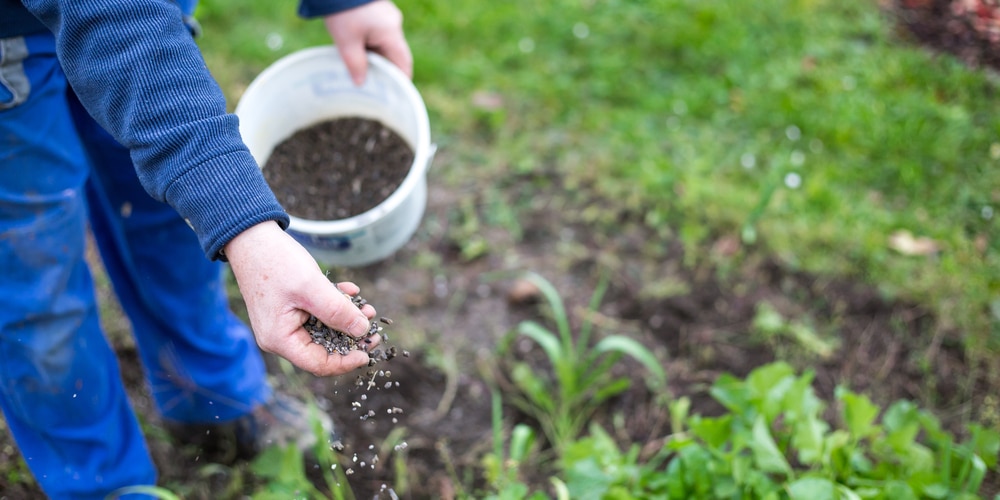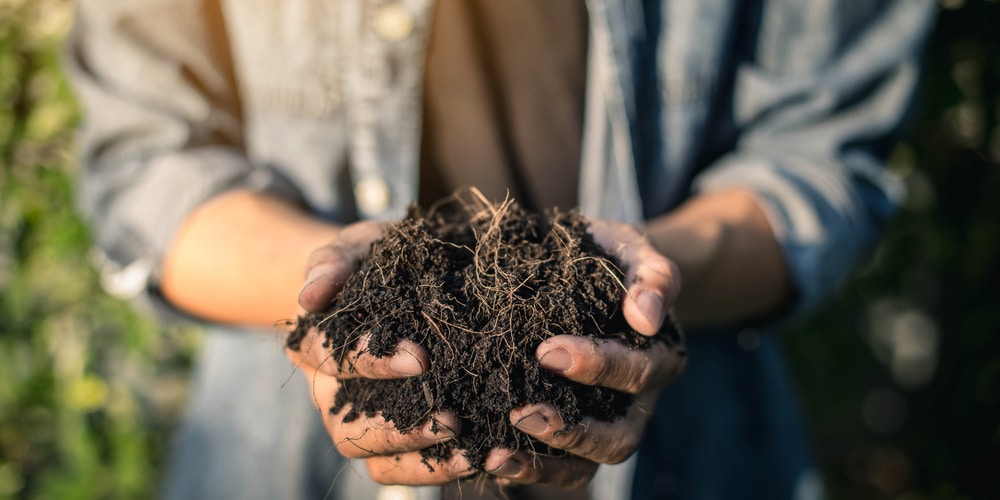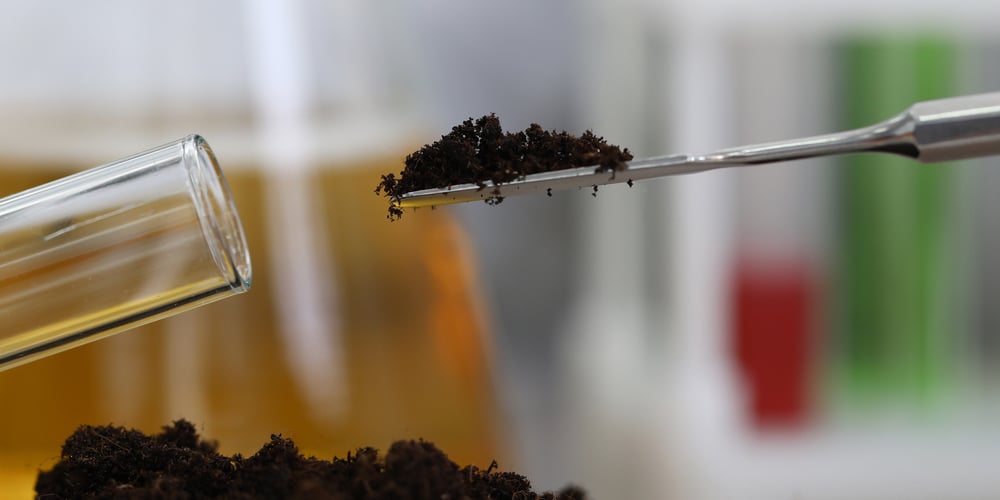Potassium is quite essential to your soil and plants. Adding it to your soil helps the plants grow better and yield more fruits and flowers. Additionally, it helps plants combat diseases and boosts their pest resistance. A healthy, flourishing plant is less likely to be weak from plant diseases like powdery mildew.
So, with potassium being this crucial, how do you add it to the soil? Below are two different methods for adding potassium to the soil effectively.
First Method: Add fast-acting minerals
Combine potash sulfate and potash muriate, which are natural minerals. The cheaper option is potash muriate, through the chlorine in it can harm the useful microbes in your soil. That being said, potash sulfate is the safer choice, although it is quite expensive.
For specifics, check the product’s instructions on the amount to add per meter or square foot. Also, ensure the product you go for is licensed organic by OMRI.
Other potassium-rich options include seaweed or kelp meal. Kelp, as well as other seaweed types, have high potassium amounts. You can blend several handfuls of the kelp meal into the soil. Again, you can spray it using a seaweed sprayer. Combine 1 ounce of kelp meal for every square foot of soil, approximately 400 grams for 8 square meters.
How about Sul-Po-Mug? Also known as potash magnesium sulfate or langbeinite, this is one of the most affordable potassium-source options. It would be best to use it if your soil is low on magnesium and potassium.
Another source of potassium is hardwood ash, and it’s also an excellent choice if you’re looking to increase the pH of your soil. Use about 1 to 2 pounds of hardwood ash for every 100 square feet. In addition to wood ash increasing soil pH, it will supply the soil with plenty of potassium to reduce acidity; thus, it would help if you checked the soil pH to ensure balance. Nonetheless, don’t utilize wood ash for acid-loving plants, like blueberries or azaleas.
Second Method: use compost or slow-release method
Use greensand on your soil by applying 5lbs per 9 square meters. Typically, greensand releases potassium gradually onto the soil; hence it is more suitable for long-term soil upkeep than rapid adjustments. It also works as a soil conditioner and comes in handy in retaining water in the soil.
Besides digging the greens and inside the soil, you can include it in your compost heap to increase the potassium amount in the compost. The second slow-release option is granite dust. Usually, it is mined from granite quarries and is rather costly. Similar to greensand, it gradually releases potassium; therefore, it won’t be a suitable option if you require making a swift fix.
You can also put banana peels on the ground. Slice the peels in small parts and bury them 4 to 5 cm in the soil. While these peels take some time to rot, they’ll slowly release potassium into the soil. All the same, this option is slower than other methods. Similarly, incorporating banana peels in the soil will help combat aphids.
Besides burying banana peels into the soil, you can add them to your compost heap. As banana peels are a source of potassium, you can include them in your compost heap and add vegetable waste and fruits to the heap. While bananas are an excellent option, it would help to incorporate tomatoes, orange rinds, spinach, lemon rinds, and beets. Nevertheless, you’ll require giving your compost a few weeks to mature.
To hinder potassium leaching, always keep your compost pile covered. Pick a container with a lid or cover the pile adequately when you’re not utilizing it. Potassium compounds tend to be water-soluble; thus, rain can effortlessly wash them from the pile.
When to add potassium
Ensure you have your soil tested annually or after two years. It would help to have the soil tested this frequently before planting, as it will come in handy in maximizing the crops. Test results give you more information about your soil, like whether it has average, or maximum potassium, phosphorus, nitrogen levels, and so much more.
You can also add potassium when the plants begin flowering or fruiting. If your garden has veggies and fruits, avoid potassium deficiency by offering them additional potassium when they begin flowering as they finish up their potassium within a short while.
If your plant shows signs of deficiency, it’s time to add potassium. Deficiency signs include the leaf edges turning brown or yellow leaves. Typically, discoloration initially happens in older leaves or those near the bottom plant part. On the other hand, there might be irregular ripening or yellow spots on the fruit in fruiting plants.
Closely check your plants if your garden has sandy soil. Due to its increased solubility, potassium might simply leach out of the soil, particularly in sandy soils. Monitor your plants closely if you suspect leaching could be a problem, and make sure to test your soil regularly.
Using manure and properly-rotted compost on your sandy soil could aid in preventing leaching. Look out for magnesium deficiency signs. Applying additional potassium can reduce the number of different nutrients that your plants absorb. Magnesium and potassium compete, therefore check for yellowing between the veins of the leaves. Although the veins remain green, the yellowing only happens in the area between them.
Lastly, if you apply potassium but see the yellowing happening or becoming worse, simply buy an organic calcium-magnesium or magnesium sulfate supplement. Depending on your specific product, you can spray it into the soil or mix it inside the soil.
How to Add Potassium to Soil?: Conclusion
Potassium is among the vital nutrients in your soil. Also known as K, in scientific terms, potassium comes in handy in absorbing water and processing food. Besides, it helps control the chemicals in the plant, thus achieving chemical balance.
Provided your soil has no sand, a high potassium level usually exists. For this reason, make sure you test the soil frequently to properly determine the specific nutrients you need to add and the amount necessary. Well, there you have it, a guide on how to add potassium to soil!


